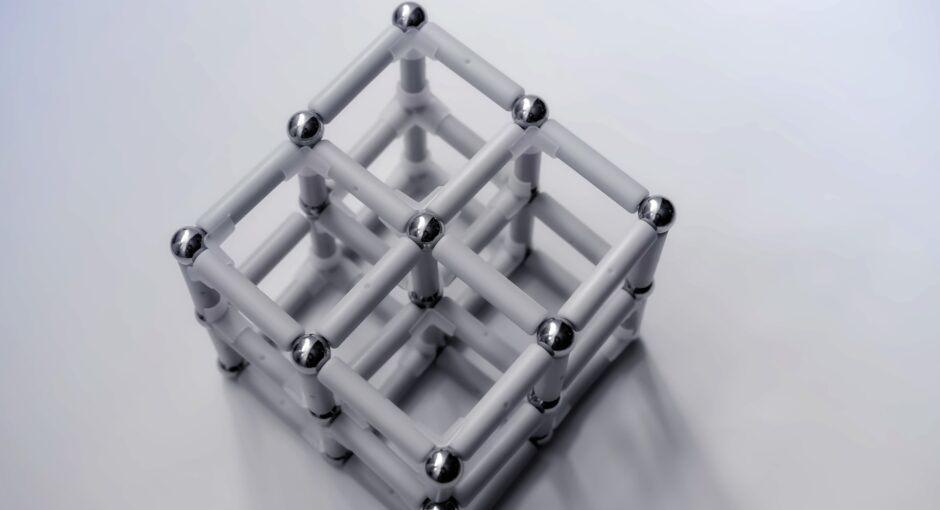The advent of 3D printing has revolutionized the way materials are used and produced. From prototyping to manufacturing, 3D printing has become an integral part of modern production. With the emergence of new materials, such as magnetic materials, 3D printing has become even more powerful.
What are Magnetic Materials?
Magnetic materials are materials that are magnetized, either permanently or temporarily, by the application of an external magnetic field. They are typically composed of iron, cobalt, nickel, rare earth metals, and other magnetic elements. Magnetic materials are used in a wide variety of applications, from medical and industrial to consumer electronics.
How Magnetic Materials are Used in 3D Printing
Magnetic materials have become increasingly popular in 3D printing due to their unique properties. The ability to use a magnetic field to control the shape of the printed material makes it possible to create complex 3D shapes with a single print. This has enabled designers to create intricate parts for a variety of applications, such as medical implants, robotics, and consumer electronics.
In addition, magnetic materials can be used to create objects with embedded magnets. This allows designers to create 3D prints that contain magnets, allowing them to be manipulated and moved in various ways. For example, a 3D printed drone could be equipped with embedded magnets, allowing it to move and interact with other magnets in its environment.
Advantages of Magnetic Materials for 3D Printing
The use of magnetic materials in 3D printing has a number of advantages. First, it allows for greater control over the shape of the printed object. By manipulating the external magnetic field, designers can create intricate shapes that would otherwise be difficult or impossible to achieve.
Second, magnetic materials can be used to create objects with embedded magnets. This allows designers to create objects with unique motion and interaction capabilities, such as drones or robotic arms.
Finally, magnetic materials can be used to create objects with embedded sensors. By incorporating sensors into the 3D printed object, designers can create objects that can detect and respond to their environment.
Conclusion
The use of magnetic materials in 3D printing has revolutionized the way materials are used and produced. By manipulating the external magnetic field, designers can create intricate and complex 3D shapes with a single print. In addition, magnetic materials can be used to create objects with embedded magnets and sensors, allowing for unique motion and interaction capabilities. With the emergence of new magnetic materials, 3D printing is becoming increasingly powerful and versatile.





